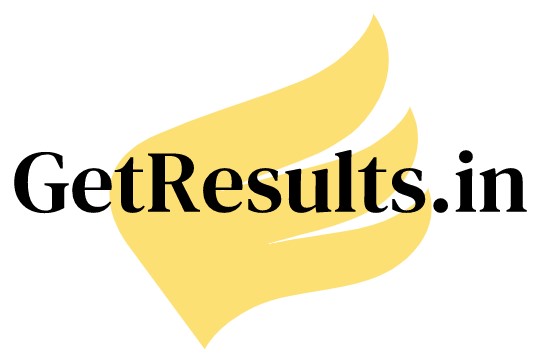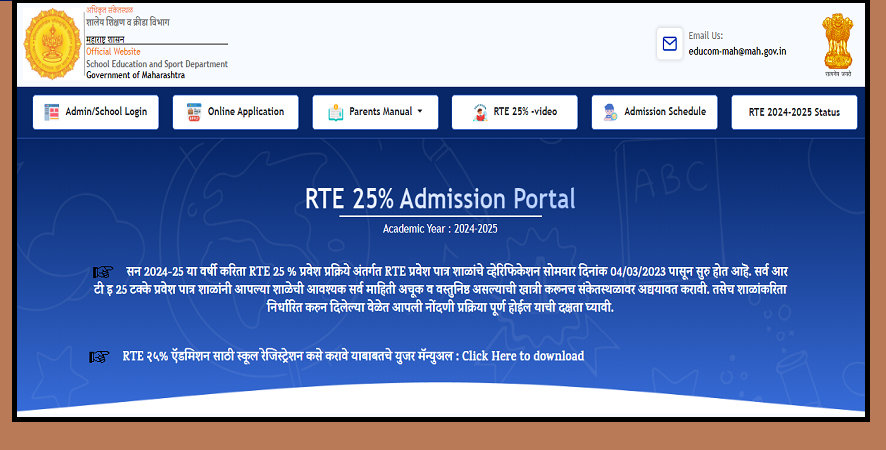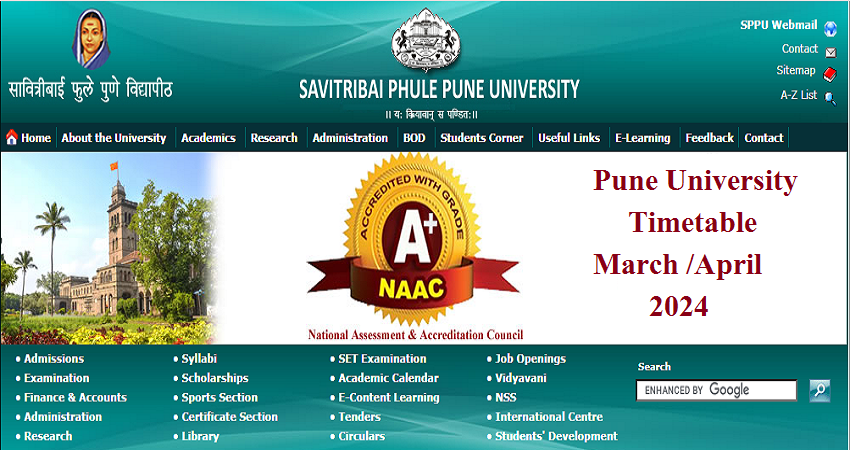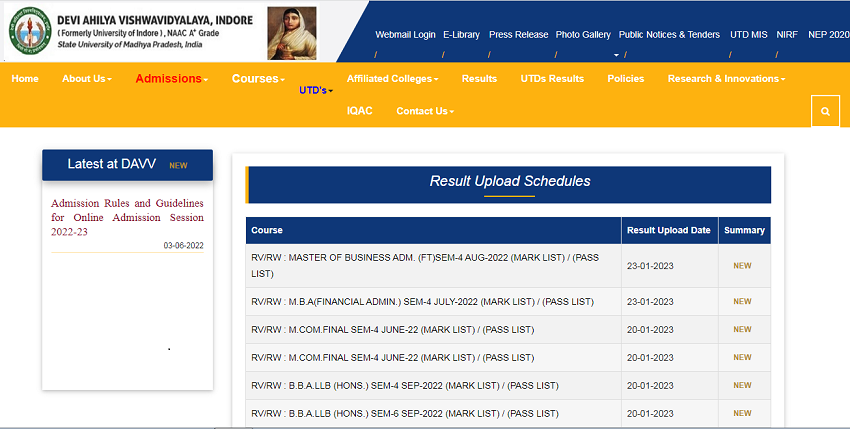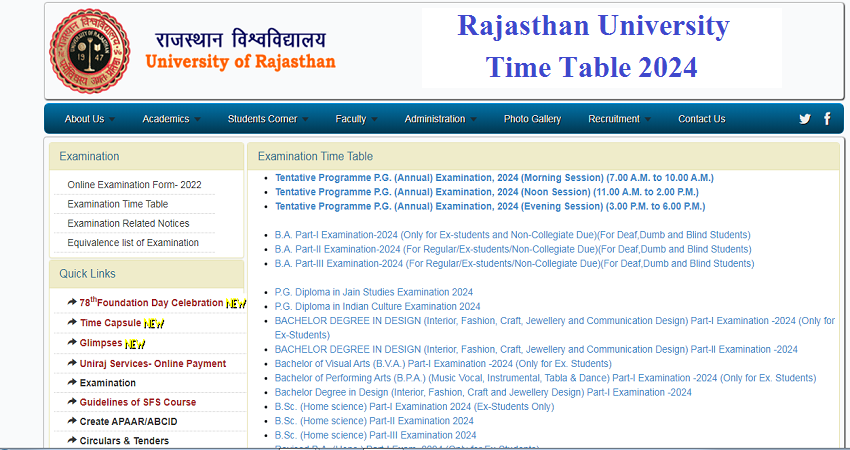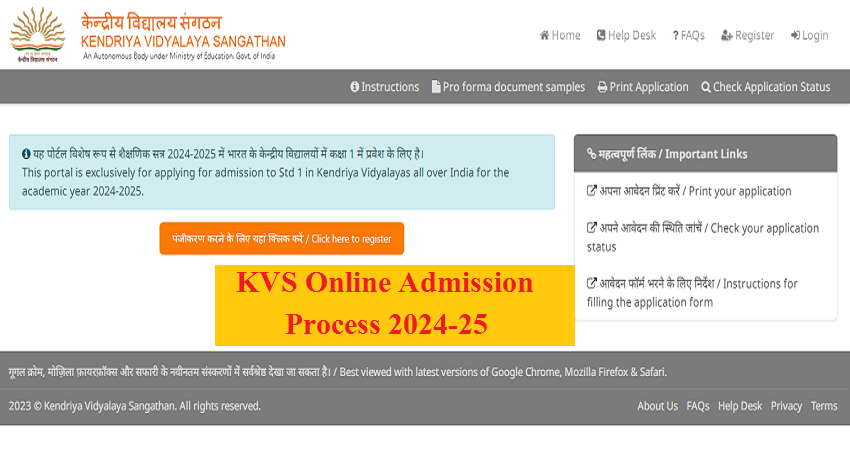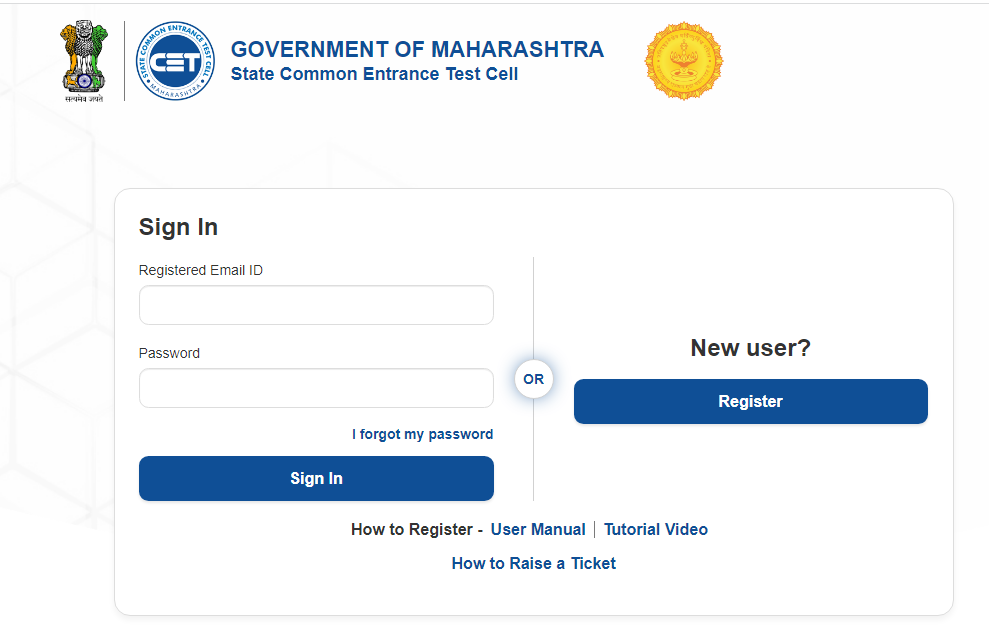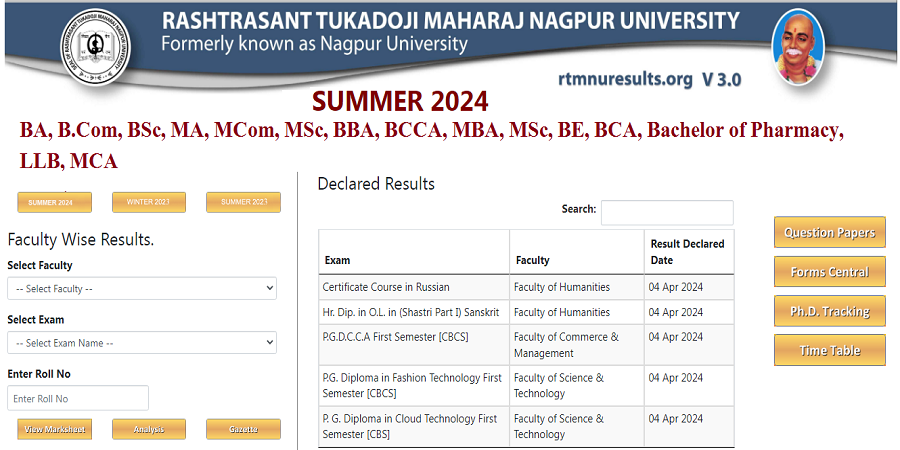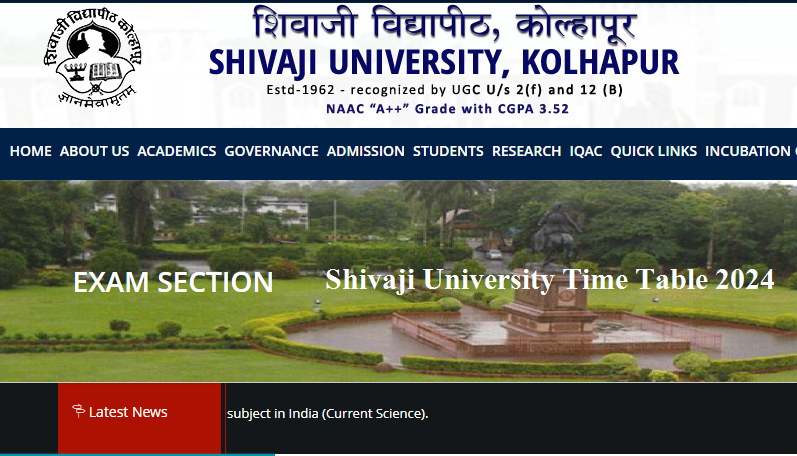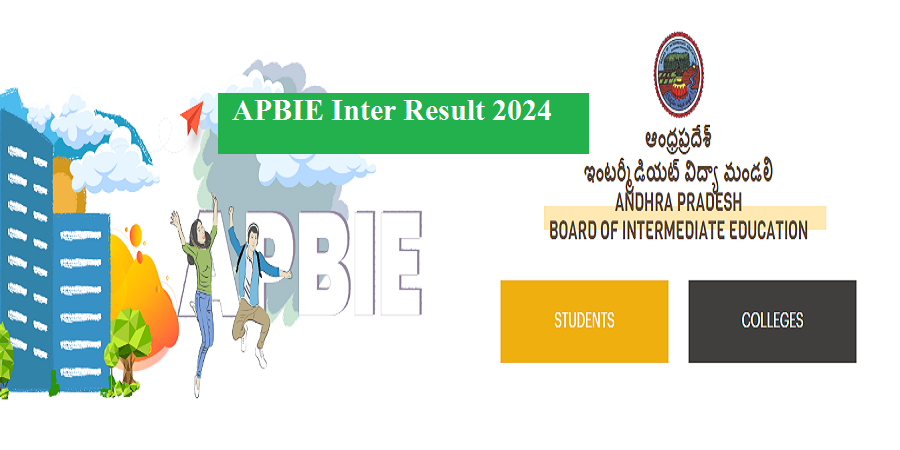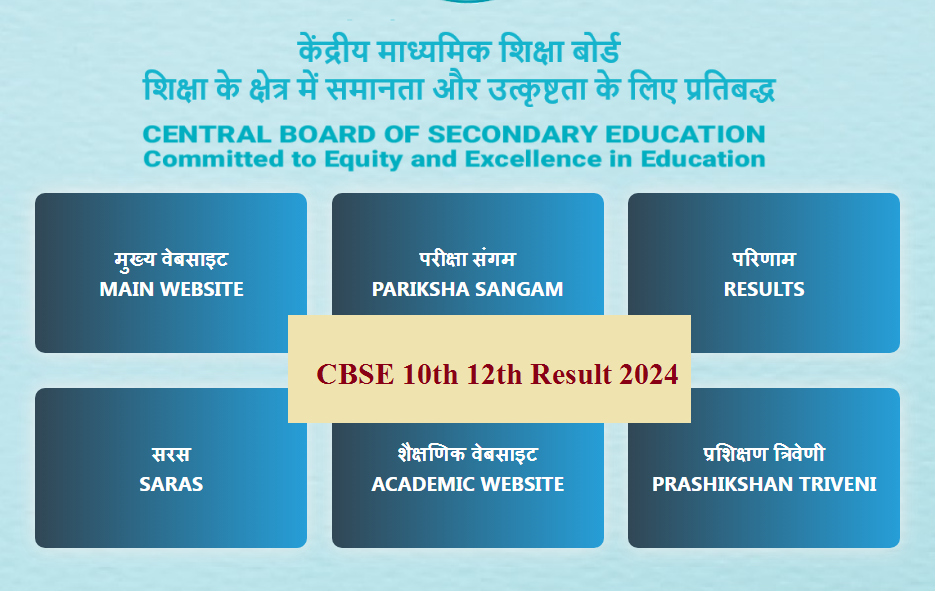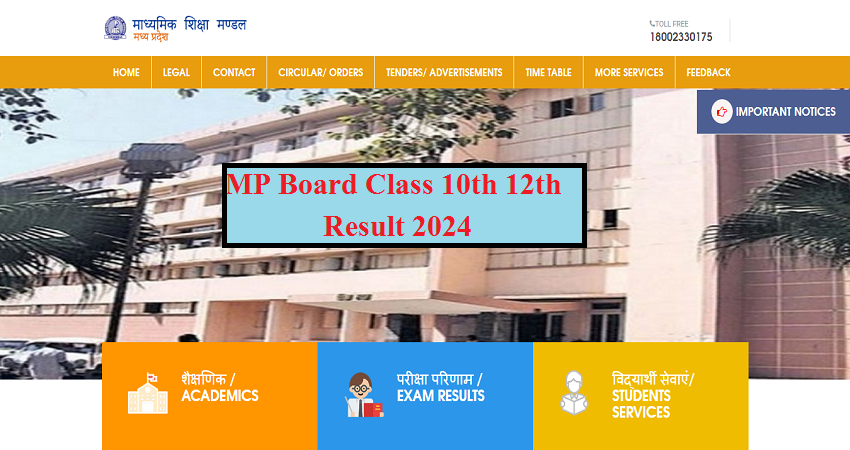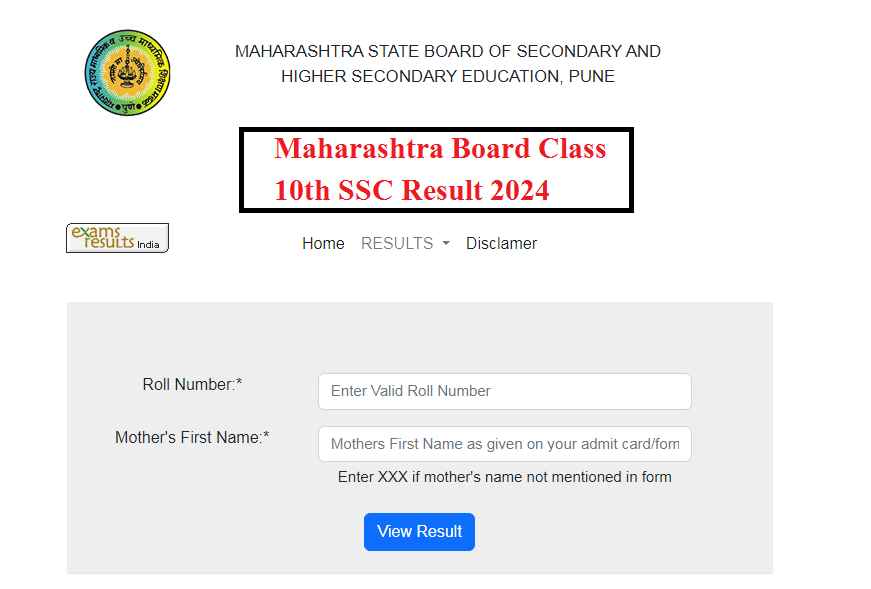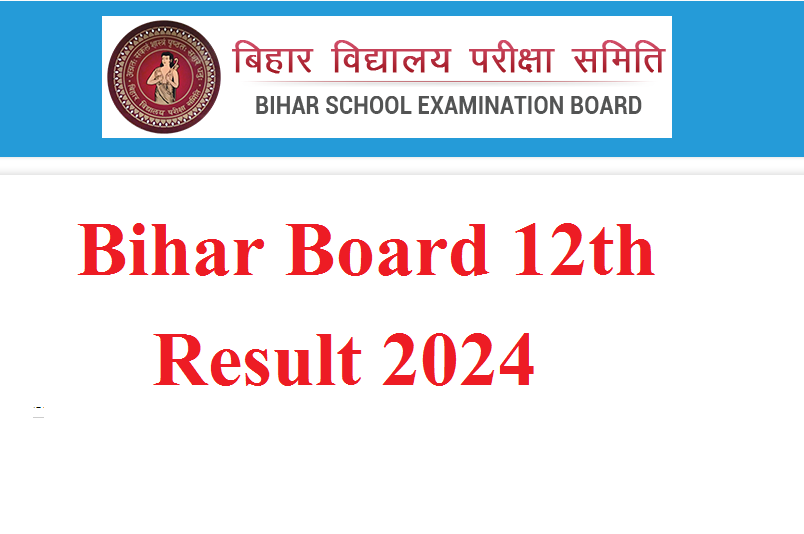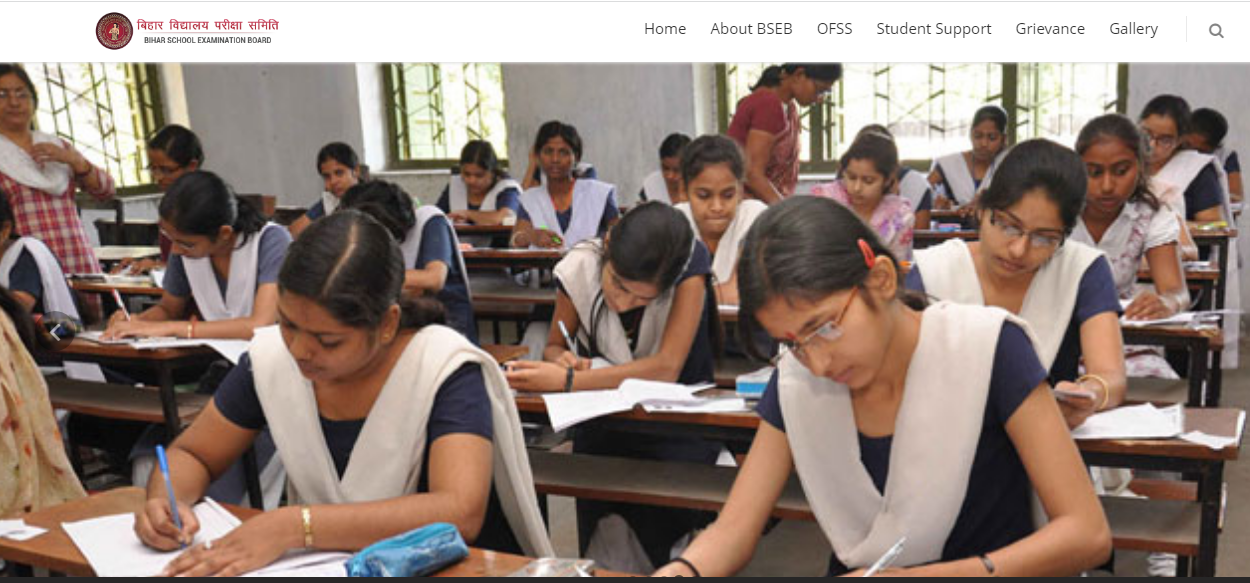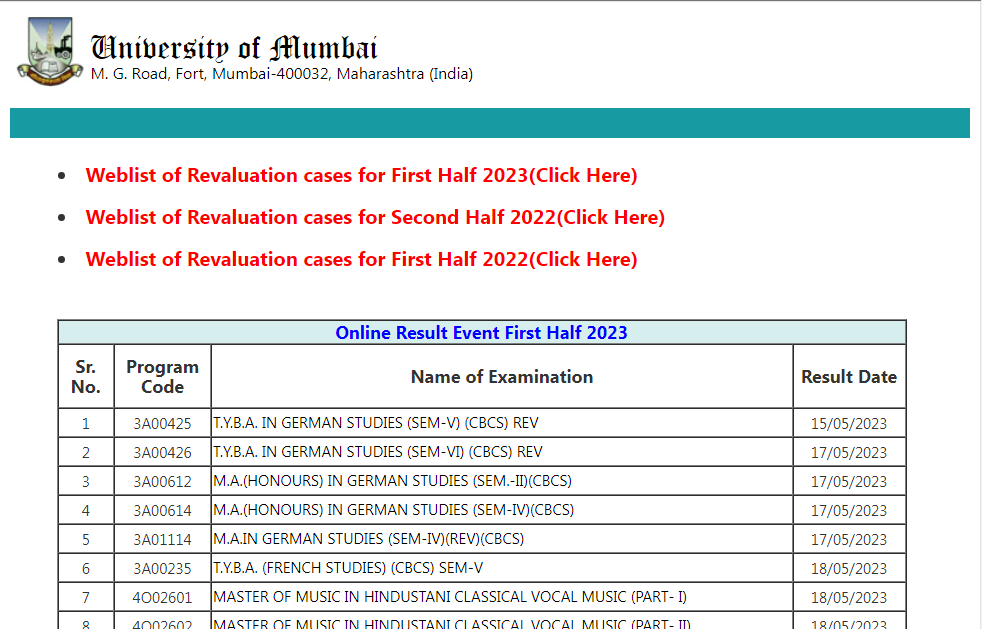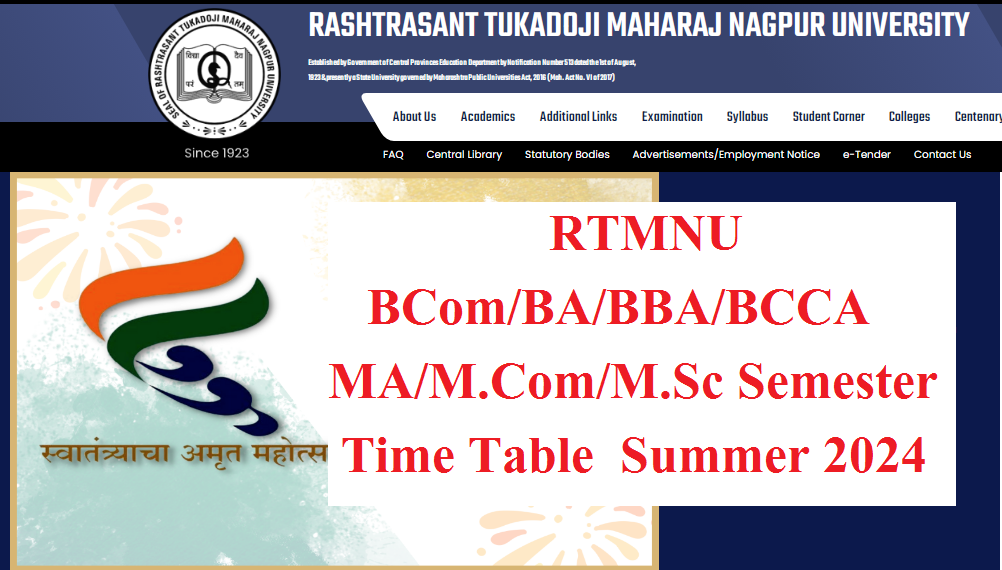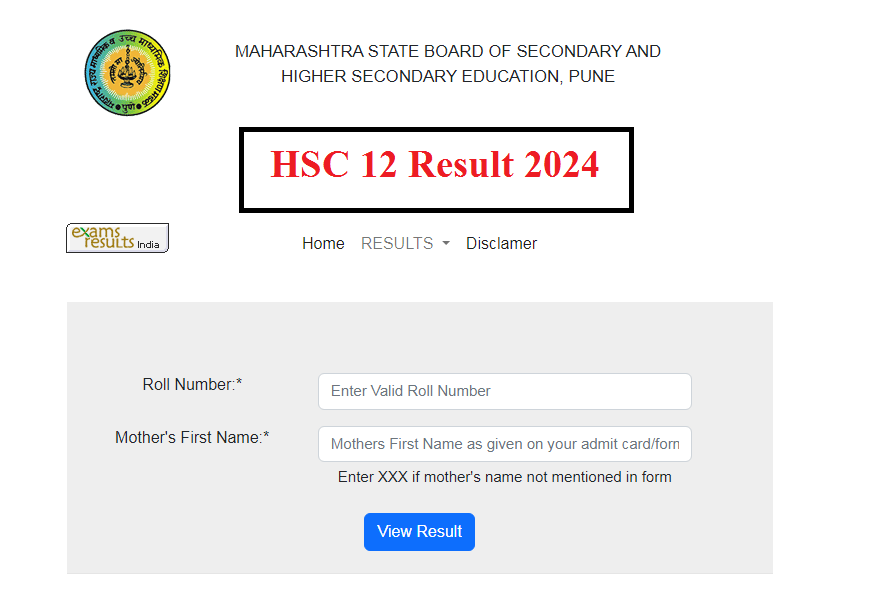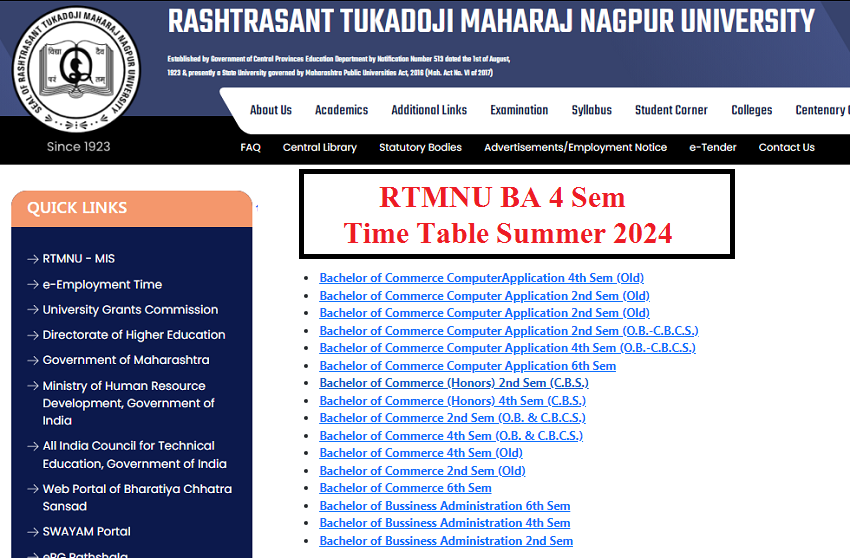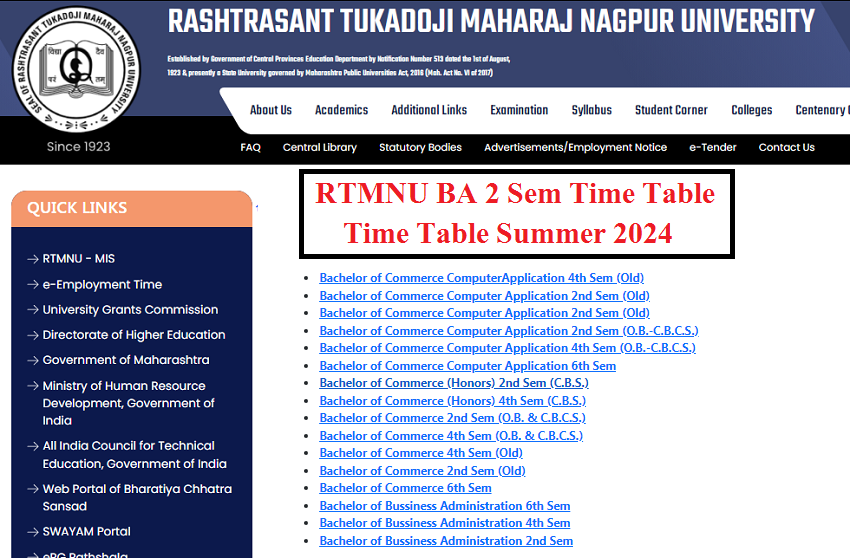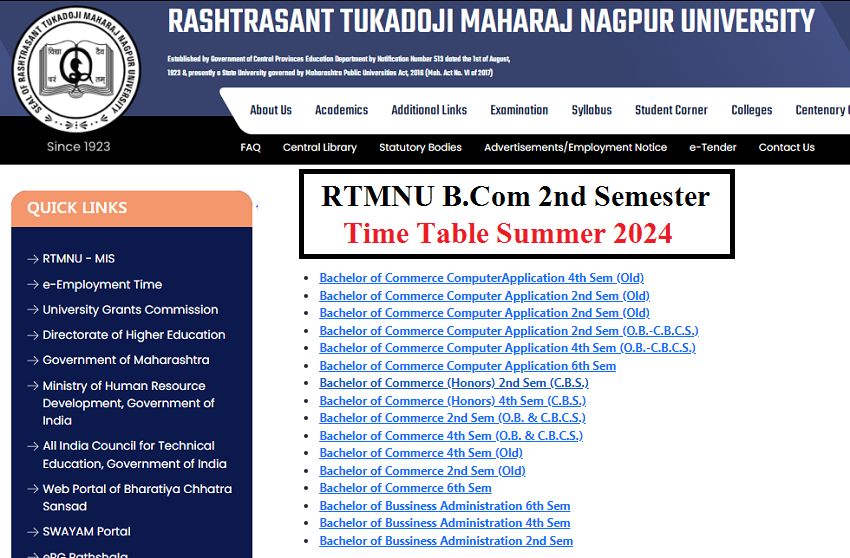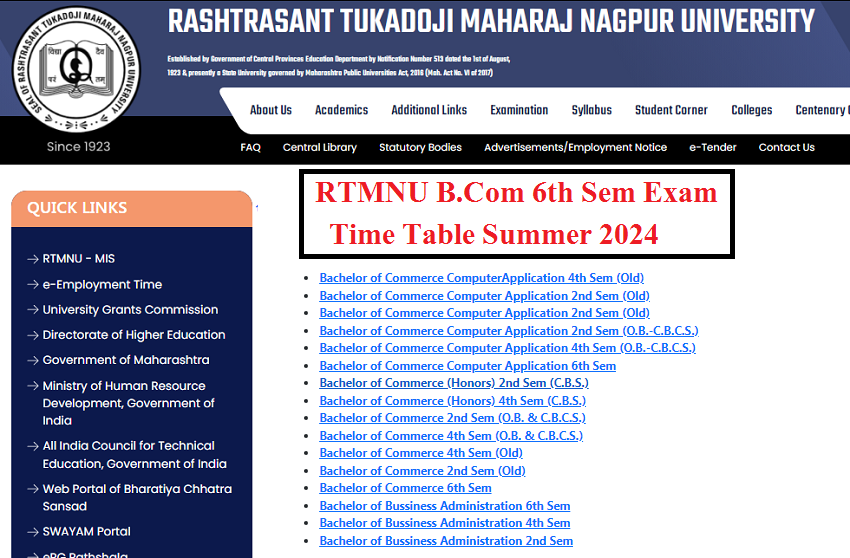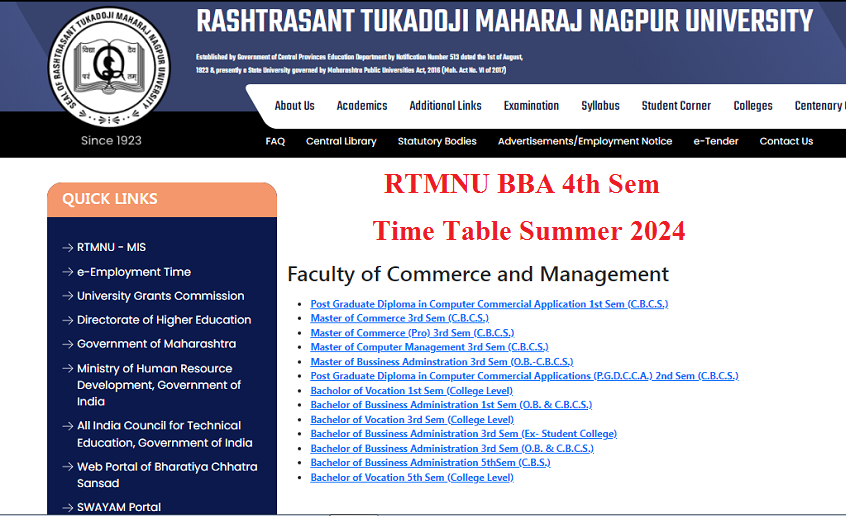BAMU Revised B.Tech Sem 1 Syllabus 2021
BAMU Revised B.Tech Sem 1 Syllabus 2021
BAMU Revised B.Tech Sem 1 Syllabus 2021|Marathwada University B.Tech Syllabus Part 1| BAMU First Year B.Tech Syllabus
Marathwada University New Syllabus 2021 is available for Downloading. The latest BAMU Revised B.Tech Sem 1 Syllabus 2021 is published by Marathwada University. The students looking for this syllabus can Download the PDF Syllabus from given respective Links. We keep adding More details about this Syllabus on this page. We given below the Details updated new syllabus. Students of BAMU are requested to go though the detail syllabus. You can also download the PDF of syllabus from given link. For More updates keep visiting us.
BAMU Marathwada University Revised Bachelor Technology Sem 1 Syllabus 2021 -BAMU Marathwada University Bachelor Technology First & Second Semester New Revised Syllabus is given below for Downloading. The students can Download the respective Syllabus from following given details. Just go through the given links & read the given syllabus carefully. Marathwada University First Year New Semester Online Detail syllabus given below.
BAMU Revised B.Tech Sem 1 Syllabus 2021
Dr. Babasaheb Ambedkar Marathwada University, Aurangabad
(Faculty of Science & Technology)
Syllabus of F. Y. B. Tech (All)
Course: Engineering Mathematics I
Objectives :
1. To provide basic knowledge about Engineering Mathematics
2. To develop skills and create interest to use Mathematics in Engineering and Technology
3. To understand applications of Mathematics in Engineering and Technology
Unit-I
Linear Algebra-Matrix
Introduction to matrix, rank of matrix-echelon form and normal form, consistency of linear system of equations
Unit-II
Applications of Matrix
Eigen values and eigen vectors, Cayley-Hamilton theorem, linear dependence and independence of vectors, linear and orthogonal transformations
Unit-III
Differential Calculus
Successive differentiation, Maclaurin’s series, indeterminate forms, L’ Hospital’s rule, evaluation of limits
Infinite Series: Introduction to infinite series, test of convergence and divergence of positive term series-comparison test, D’ Alembert’s ratio test, Cauchy’s root test
Unit-IV
Complex Numbers and its Applications
Introduction to complex number, De Moivre’s theorem and its applications, circular functions and hyperbolic functions of a complex variable, relation between hyperbolic and circular function, inverse hyperbolic functions, real and imaginary parts of circular and hyperbolic functions, logarithmic function of a complex variable
Unit-V
Partial Differentiation: Partial derivatives-Introduction, homogeneous functions of two variables-Euler’s Theorem, implicit functions, total derivative, change of variables
Unit-VI
Applications of Partial Derivatives Maxima and minima of functions of two variables, Jacobians and its properties
References
- A Text Book of Applied Mathematics Volume-I
- Advanced Engineering Mathematics
- Higher Engineering Mathematics
- Higher Engineering Mathematics
- Advanced Engineering Mathematics
- A Text Book of Engineering Mathematics
- Advanced Engineering Mathematics
- Advanced Engineering Mathematics
BAMU Revised B.Tech Sem 1 Syllabus 2021
Course: Engineering Physics
Objectives
1. To study physical properties, concepts and physical quantities required for the solution of complex engineering problems
2. To learn basic principles of Physics and laws of scientific investigation to identify, formulate and analyse complex engineering problems
3. To gain competency in engineering career by understanding the engineering applications of Physics.
Unit-I
Optics Introduction to electromagnetic waves and electromagnetic spectrum, Newton’s ring in reflected light, Applications of interference – Determination of thickness of very thin wire or foil; determination of refractive index of liquid; wavelength of incident light; radius of curvature of lens; testing of surface flatness; Antireflecting films.
Diffraction of light, diffraction grating, Dispersive power and resolving power of grating, Application of diffraction grating in spectroscopic devices. Polarization, Nicol prism, optical activity and specific rotation, Laurent’s half
shade polarimeter, applications of polarization.
Unit-II
Acoustics Reverberation and reverberation time, absorption coefficient, Sabine’s formula (derivation not necessary) acoustical design of hall. Ultrasonics Properties, Production of ultrasonic waves by piezo-electric and magnetostriction generator, engineering applications of ultrasonic waves, sensors, acoustic grating– Non Destructive Testing – pulse echo system.
Unit-III
Crystal Structure Crystalline and amorphous material, lattice and unit cell, Miller indices, atomic radius, coordination number, packing factor calculation for SC, BCC, FCC, diamond structure, NaCl, relation between lattice constant and density. X-Rays Continuous and characteristics spectrum, Bragg’s law of X-ray diffraction, Bragg’s spectrometer, powder crystal method.
Unit-IV
Nuclear Physics Nuclear fission and fusion, chain reaction, nuclear reactor, P-P cycle, C-N cycle, cyclotron, GM counter, applications of nuclear physics in various fields. Modern Physics Black body radiation, Planck’ s law, Wave particle duality, De- Broglie’s concept of matter wave, Davisson-Germer experiment, Scanning tunneling microscope, Quantum computing.
Unit-V
Superconductivity Superconductivity, effect of temperature and magnetic fields, Meissner effect, type I and II superconductors, BCS theory, Applications. Semiconductors Intrinsic and extrinsic semiconductors (Descriptive and Analytical), Hall effect and its applications, solar cells. Magnetic Materials Basic concepts in magnetism, classification of magnetic materials, BH characteristics, applications. Nanomaterials and Nanotechnology
Properties of nanomaterials optical, electrical, mechanical, and magnetic, Introduction to nanotechnology and applications in computer chips, storage devices, catalysis, sensors, environmental, space, defense and automobile.
Unit-VI
Laser Properties of laser, spontaneous and stimulated emission, requisites of a Laser system. Condition for laser action, ruby laser, He-Ne laser, CO2 laser and semiconductor Laser, applications. Fiber Technology Propagation of light through optical fiber, acceptance angle and cone numerical aperture, Single and Multi-Mode Fibers, applications, sensors, Holography, applications of holography.
References
- A Text book of Engineering Physics
- Elements of X-ray Diffraction
- Fundamentals of Physics
- Nuclear Physics
- Introduction to Solid State Physics
- Lasers and Non-Linear Optics
List of Practical (Any 10 practical to be conducted)
1. Newton’s ring: To determine wavelength of monochromatic light
2. G. M. Counter: dead time calculation
3. Grating: To determine wavelength of LASER light.
4. Polarimeter: To determine concentration of solution.
5. Reverberation time: To determine Reverberation time of a hall.
6. Characteristics of solar cell
7. Ultrasonic interferometer
8. Zener diode: To study characteristics of zener diode & to determine zener voltage.
9. Dielectric constant: to determine dielectric constant.
10. Forbidden gap: To determine forbidden gap of semiconductors.
11. Transistor Characteristics in CE Configuration.
12. To determine the Hall coefficient of a semiconductor material and then evaluate carrier type and its density of charge carrier.
BAMU Revised B.Tech Sem 1 Syllabus 2021
Course: Engineering Chemistry
Objectives
1. To relate the concepts of chemistry in all engineering discipline.
2. To acquaint students with modern techniques in Engineering Chemistry this can be applied in engineering field.
3. To identify, formulate and solve engineering problems.
Unit-I
Water Chemistry Hardness of water, types and units, Estimation of hardness by EDTA method, numerical on hardness; alkalinity and numerical on alkalinity; Boiler troubles: scale, sludge, priming, foaming and caustic embrittlement; Water treatment: Ion exchange process.
Unit-II
Fuels and Biofuels Fuel: Classification, calorific value: gross and net; solid fuel: proximate analysis of coal& importance; liquid: petroleum and its refining by Fractional distillation; gaseous fuel: properties and applications of hydrogen gas. Biofuels: Classification, properties and applications of ethanol.
Unit-III
Lubricants Classification; solid Lubricant-Graphite; semisolid lubricant-greases; liquid lubricant- Petroleum oil, properties of liquid lubricants: viscosity and viscosity index, flash point and fire point, acid value. Numerical on viscosity index.
Unit-IV
Engineering Materials Plastics: Properties and engineering applications of thermoplastics (PVC),thermosetting (Bakelite);Biodegradable polymers (polyvinyl acetate, polyvinyl alcohol); Rubber: Properties and engineering applications of natural rubber, semi-synthetic rubber: vulcanization of rubber; Refractories – Types, properties and applications.
Unit-V
Corrosion and its prevention Definition, types of dry and wet corrosion (Pitting, intergranular corrosion, Galvanic and stress corrosion). Prevention of corrosion: Methods- Hot dipping: Galvanizing and Tinning; Electroplating, Powder coating
Unit-VI
Phase Rule Gibb’s phase rule, Concept of components, phase, degree of freedom. One component System: Water system, Two component system: Lead-Tin system (PbSn). Alloys: Iron- Properties and applications of stainless steel.
Aluminium- Properties and applications of duralumin
References
- Engineering Chemistry (made easy)
- Principles of Polymerization
- Engineering Chemistry
- Engineering Chemistry
List of Practical (Any 10 practical to be conducted)
1. Determination of hardness (Total, temporary & permanent) of water by EDTAmethod.
2. To determine total Alkalinity of water sample.
3. Determination of pH value of different solutions by pH paper & pHmeter.
4. Determination of percentage of moisture and ash in given coalsample.
5. Determination of Acid value of lubricatingoil.
6. Determine Viscosity of oil by Redwoodviscometer
7. Determination of flash and fire point of lubricatingoil.
8. Preparation of Bakelite or Urea formaldehydeplastic.
9. To Study the factors affecting rate ofcorrosion.
10. To construct a phase diagram for a binary system you have studied.
11. Determination of melting or boiling point of organic compound.
12. Study of microstructure of alloys.
BAMU Revised B.Tech Sem 1 Syllabus 2021
Course: Basic Electrical Engineering
Objectives
1. To know fundamentals of ElectricalEngineering.
2. Tounderstand behavior of R withDCcircuits and DC theorems.
3. To study Electromagnetism & Fundamentals of ACCircuits.
4. To study construction, working of single phasetransformer.
Unit-I
General Concept EMF, P.D. & Current, Resistance for Metal, Alloys, Insulators. Factors affecting resistance values, specific Resistance ‘?’- Conductance ‘G’, Effect of temperature on resistance pure metals, alloys, insulators and semiconductors, RTC, SI Units of work, power & Energy Comparison of AC and DC
Unit-II
D.C. Circuit
Ohm’s Law, Kirchhoff’s Laws. Ideal & practical voltage & Current sources, Simplification of Networks using series & parallel combinations, Star Delta conversions, Current and Voltage Divider, Nodal, loop analysis – Theorems –
Thevenin’s, Superposition and Maximum power transfertheorem.
Unit-III
Electromagnetism.
A. Magnetic Effect of an Electric Current, Right Hand Thumb Rule, Nature of Magnetic field of Long Straight Conductor, Solenoid &Toroid. B. MMF, Flux, Flux Density, Reluctance, Permeability & Field Strength, Their
units & Relationships. Simple series magnetic circuit, Comparison of Electrical & Magnetic Circuits, Force on current carrying conductor placed in magnetic field (Flemings left hand rule and right hand rule), Faraday’s laws of Electromagnetic Induction, Lenz’s law, Statically & Dynamically induced EMF. Self & Mutual induced emf, Energy stored in magneticfield.
Unit-IV
Measuring Instruments
Basic principles of measuring instruments, Application of voltmeter, Ammeter,wattmeter, Construction of moving coil, moving iron, Dynamometer Type, Single phase induction type Energy meter.
Unit-V
AC Fundamentals
Sinusoidal voltages & Currents, Their Mathematical & Graphical Representation, Concept of Instantaneous Peak (Maximum)Average & RMS Values, Frequency, Cycle, Time Period, Peak Factor & Form Factor,Phase difference, Lagging, Leading Phasor representation for pure R, L, C. R-L, R- C & R-L-C series and parallel resonance Circuits & Qfactor.
Unit-VI
Single Phase Transformer
Working principle, Construction and Types, (Core type & Shell Type), EMF equation, Ideal & Practical transformer on no load, on resistive load. Regulation & efficiency of transformer on direct resistive load.
References
- Electrical Technology Vol. I & II
- Basic Electrical Engineering
- Basic Electrical Engineering
- ABC Of Electrical Engineering
- Basic Electrical Engineering
List of Practical (Any 10 practical to be conducted)
1. To Study of the accessories to be used in house hold wirings and awareness of electric safety.
2. i) To understand the Concept of Phase, Neutral & Earthling in Electrical Installation.
ii) Single Lamp controlled by single switch circuit.
3. To Study & Demonstrate circuit of Fluorescent Tube Light.
4. To Study & Demonstrate Staircase Wiring.
5. To study & understand importance of Series Lamp.
6. To Verify Ohm’s Law.
7. To verify Superposition Theorem.
8. To verify Thevenin’s Theorem.
9. To study R-L-C series circuit.
10. To verify Voltage Ratio of single phase Transformer.
11. To verify power in Star/Delta Circuits (resistive load) by measuring voltage and current by ammeter and voltmeter is same in both the case.
12. To calculate Efficiency & Regulation of single phase Transformer.
BAMU Revised B.Tech Sem 1 Syllabus 2021
Course: Engineering Drawing
Objectives
1. To acquire basic knowledge and skills about engineering drawing language, types of lines, dimensioning methods and simple geometrical construction.
2. To be able to draw projection of lines, planes, solids and cut solids
3. To acquire basic knowledge about visualisation of engineering objects and shall be able to draw its different views.
Unit-I
Introduction and projections of lines Importance of engineering drawing, types of lines, lettering and dimensioning,
obtaining projections of lines inclined to both the planes, and determination of true length and true inclinations of the line.
Unit-II
Projections of planes –
Planes with surface inclined to one reference plane only. Planes such as- triangles, quadrilaterals, pentagon, hexagon and circle etc.
Unit-III
Projections of solids Projections of solids such as prism, cylinder, pyramid, cone, cube with axis inclined to one reference plane.
Unit-IV
Sections of solids –Projections of regular cut solids such as prism, cylinder, pyramid and cone.
Unit-V
Orthographic projections: – Obtaining orthographic projections of different simple objects from the given 3D view, sectional orthographic projections.
Unit-VI
Isometric projections Introduction to three-dimensional drawing projections, isometric drawing and isometric projections. Drawing isometric views for given orthographic views.
References
- Engineering Drawing N. D. Bhatt and V.M. Panchal
- Engineering Drawing Basant Agarwal and Agarwal C.M
- Engineering Drawing B. V. R. Gupta
List of Practical
Sheet No. 1: Projections of Lines: To solve at least four problems based on line inclined to both the planes with following objectives,
i. Obtaining projections of line inclined to both the planes,
ii. Determination of true length and true inclinations of the line,
Sheet No. 2: Projections of Planes: To solve at least four problems on planes inclined to one reference plane with following objectives
i. Obtaining projections of planes of different (polygonal, circular etc.) shapes, inclined to one of the reference planes.
ii. Determination of true shape and inclinations of the plane.
Sheet No. 3: Projections of Solids: To solve at least four problems based on solids with axis
inclined to one of the reference planes with following objective,
i. Obtaining projections of different regular geometrical solids
Sheet No. 4: Sections of Solids: At least two problems based on sections of solids with following objectives,
i. Drawing section line view of the cutting plane in correct view,
ii. Drawing sectional view and true shape of the section,
iii. Determining inclination of the cutting plane from the given true shape of the section.
Sheet No.5 Orthographic Projections: At least two problems to be solved on, orthographic projections with following objective
i. Reading the 3D drawings and converting it in 2D views
Sheet No. 6: Sectional Orthographic Projections: At least two problems to be solved on
Sectional Orthographic Projections
Sheet No.7: Isometric Views: Solving at least two problem for drawing isometric view with following objective
i. Reading the 2D drawings and converting it in 3D views
BAMU Revised B.Tech Sem 1 Syllabus 2021
Course: Programming and Problem
Objectives
1. Students will learn the basics of ‘C’ programming.
2. Students will be able to think about basic problems, develop algorithms and write programs using ‘C’ language.
Unit-I
Programming Languages and Introduction to C
Introduction to programming language, Types of programming languageMachine language, Assembly Language, High Level Language, compiler, assembler, interpreter, loader, linker, editor.C character set, constants, Variables keywords and operators, Basic data types, Instructions, Type conversion, Algorithm, Flow Chart, C program structure, Simple C program.
Unit-II
The Decision control structure
If, if-else, nested if statements, Use of logical operators- AND, OR and NOT, Conditional operator, relational operator, Loops- While, for and do-while, Break and continue statements, Switch -case statement.(6 Hrs)
Unit-III
Arrays and Strings
Array declaration, Initialization, One dimensional and Two dimensional arrays, Matrix operations. Introduction to Strings, Standard Library Functions -strlen(), strcpy(), strcat(),strcmp(),strrev() (6 Hrs)
Unit-IV
Functions
Introduction to function, Uses of functions, Function declaration and definition, Scope rule of functions, Call by value, Recursion(6 Hrs)
Unit-V
Pointers
Introduction to pointers, Pointer notation, Call by Reference, Passing an array and array elements to a function
Unit-VI
Structures
Introduction to Structure, Uses of Structures, Declaring a Structure, Accessing structure elements, Array of structures
References
- Introduction to computers
- Let us C
- The C Programming language
- Programming with C
- Programming in C
List of Practical
1. The length, breadth of a rectangle and radius of a circle are input through the keyboard.
Write a program to calculate the area of the rectangle and circle.
2. Any integer is input through the keyboard. Write a program to find out whether it is an odd number or even number.
3. Write a program to print the multiplication table of the number entered by the user. The table should get displayed in the following form.
11* 1 =11
11 * 2 = 22
4. Any year is entered through the keyboard. Write a program to determine whether the year is leap or not using the logical operators.
5. Write a menu driven program which has the following options: i) Addition of two integers ii) Subtraction iii) Multiplication iv) Exit. Make use of switch statement
6. Write a program for the addition of two matrices using a 2-D array.
7. Write a program to demonstrate the following string handling functions strlen(), strcpy(), strcmp(), strcat(), strrev().
8. Write a program to define a function for finding the factorial of a number.
9. Write a program to increment and decrement the values of a variables using call by reference.
10. Create a structure to read and display the following information of a student: Roll number, Name, Department, Course, and Year of joining.
Course: Engineering Mechanics
Objectives
1. To understand the basics of Engineering mechanics
2. To study fundamentals and to impart knowledge about role of statics and dynamics
3. To resolve the forces of various systems
Unit-I
Force System: Basic definitions , Force, Rigid Body, Particle, Moment of a force, Principle of Transmissibility ,Principle of superposition,Varign on’s Theorem, Lami’s Theorem, Law of Parallelogram of Force, Resolution and Composition of Forces, Force Systems(co-planer 2-D System only), Analytical method to determine resultant, equivalent force couple. Free body Diagrams, concept of Equilibrium,Equilibrium of 2- D Force System, Analysis of pin-jointed plane frames, types of supports, types of loading,Beam Reactions.
Unit-II
Plane Trusses: Analysis of pin jointed plane Trusses by Method of Joint, Method of Section.
Unit-III
Friction: Basic definitions, Laws of Friction, Cone of Friction, Angle of repose, Limiting Equilibrium for bodies under force systems. Centre of Gravity and Moment of Inertia: Derivation of CG and MI of standard shape of lines, plane Lamina, Radius of Gyration, Parallel and Perpendicular Axis Theorem.
Unit-IV
Kinematics of Particles: Linear motion, Motion with constant acceleration, Motion with variable acceleration, Motion Diagrams,Relative Velocity and Resultant Velocity.
Unit-V
Kinematics of Rigid Bodies: Plane motion of particles and connected bodies, Linear Motion, Translation, Combined Linear and Translation Motion.
Unit-VI
Kinetics of Rigid Bodies: Rotational motion, rolling without slipping, D’ Alemeberts Principle, Impact and Impulse.
References
- EngineeringMechanics R. K. Bansal Laxmi Publication
- Engineering Mechanics A. R.Basu Dhanpatrai and Sons
- Engineering Mechanics Nelson and Mclean Mc Graw Hill Book, Inc
- Engineering Mechanics B. Prasad Khanna Publications
- Vector Mechanics for F.B.Beer and Mc Graw Hill Book, Inc
List of Practical
Part I: Graphical Solutions: (Two problems each)
1. Resultant of Concurrent and Non- Concurrent Coplanar Force System
2. Problems on Beam Reaction
3. Problems on Analysis of Pin-jointed Trusses
Part II: Laboratory Experiments: (Any Six)
1. Parallelogram Law of Forces
2. Lami’s Theorem
3. Beam Reactions
4. Member Forces in Trusses
5. Jib Crane
6. Moment of Inertia of Fly Wheel
7. Simple Screw Jack
8. Differential Axle and Wheel
9. Belt Friction
BAMU Revised B.Tech Sem 1 Syllabus 2021
Course: Development of Skills I
Objectives
1. Toapply English Grammar in day to day communication.
2. To pronounce and articulate English words and sentences accurately
3. To communicate in English effectively by using updated vocabulary.
4. To apply Soft Skills from campus to corporate.
5. To exhibit etiquettes through their behaviour from campus to corporate
Unit-I
Grammar
Parts of Speech (4 Hrs)
Unit-II
Tenses and the Concept of Time (6 Hrs)
Unit-III
Transformation of sentences and Conditional Clauses (4 Hrs)
Unit-IV
Vocabulary Enhancement
Types of Vocabulary
Basic techniques to Enhance Vocabulary
Vocabulary Enhancing Activities(2 Hrs)
Unit-V
Introduction to Phonetics
Phonetics and problems in learning and using pronunciation,
Vowel sounds & Consonant Sounds,
Articulation of Sounds
Word accent (4 Hrs)
Unit-VI
Soft Skills
Importance of Soft Skills in general,
Campus to Corporate Etiquettes:(Grooming, Mobile, Class room)
References
- The Essence of Effective Communication Adrian Budday, Ron Ludlow and Fergus’ Panton Prentice Hall of India-Private Ltd
- Professional Communication Skills A. K. Jain, Pravin, S. R. Bhatia, A. M. Sheikh S. Chand & Company
- Business Communication Urmila Rai, S. M. Rai Himalya Publishing House
- Technical Communication Principles and Practice Meenakshi Raman & Sangeeta Sharma Oxford University
Press - A course in Phonetics & Spoken English J.Sethi, P.V. Dharmatma PHI Publication
- Communication Skills for Engineers Sunita Mishra, C. Murli Krishna Pearson Education
- Grammar of Spoken and Written English Dauglas Biber, Geoffrey Leech Longman
Course: Workshop
Objectives
To have hands on practice for Mechanical Workshop
Fitting
Study of different tools of fitting & processes involved in fitting. Workshop Diary – Sketches & description of fitting tools, Sketches of the job. Practical: One composite job involving simple fitting operation like sawing, marking, filling & tapping operation: minimum one job (Male – female fitting)
Black Smithy
Study of different smithy tools & processes Workshop diary – Sketches & description of smithy tools, Sketches of the job. Practical: Preparation of one job making round cross section to square bar.
Sheet Metal Working
Study of different sheet metal tools Workshop diary – Sketches & description of sheet tools. Sketches of the job.
Practical: one job involving development of surfaces, marking on sheet metal cutting, bending, joint preparation by folding.
BAMU Revised B.Tech Sem 1 Syllabus 2021
Course: Engineering Exploration
Objectives
1. To make student understand the role of an Engineer as a problem solver.
2. To enable students to build simple systems using engineering design process.
3. To introduce ethical, sustainability perspectives.
4. To get students familiar with engineering project management skills.
5. To make students explore different aspects of engineering.
Unit-I
Introduction to Engineering and Engineering study Introduction to Engineering and Engineering Study: Difference between science and engineering, scientist and engineer needs and wants, various disciplines of engineering, some misconceptions of engineering, Expectation for the 21st century engineer and Graduate Attributes.
Unit-II
Engineering Design Engineering Design Process, Multidisciplinary facet of design, Pair wise comparison chart, Introduction to mechatronics system, generation of multiple solution, Pugh Chart, Motor and battery sizing concepts.
Unit-III
Mechanisms Basic Components of a Mechanism, Degrees of Freedom or Mobility of a Mechanism,4 Bar Chain, Crank Rocker Mechanism, Slider Crank Mechanism.
Unit-IV
Platform based development Introduction to various platform-based development (Arduino) programming
and its essentials, Introduction to sensors, transducers and actuators and its interfacing with Arduino.
Unit-V
Data Acquisition and Analysis Types of Data, Descriptive Statistics techniques as applicable to different types of
data, Types of graphs as applicable to different types of data, Usage of Microsoft Excel tool for descriptive statistics, Data Acquisition (Temperature and humidity) using Sensors interfaced with Arduino, Exporting acquired data to Microsoft Excel and analysis using visual represent
Unit-VI
Project Management Introduction to Agile practices, Significance of team work, Importance of communication in engineering profession, Project management tools: Checklist, Timeline, Gantt Chart, Significance of documentation.
Unit-VII
Engineering Ethics Identifying Engineering as a Profession, Significance of Professional Ethics, Code of Conduct for Engineers, Identifying Ethical Dilemmas in different tasks of engineering, Applying Moral Theories and codes of conduct for resolution of Ethical Dilemmas.
Unit-VIII
Sustainability in Engineering Introduction to sustainability, Sustainability leadership, Life cycle assessment,
carbon foot print.
References
- ABC of Sustainable Development V Govindrajan Bookboon.com
- Engineering Design: A Project Based Introduction C.L. Dym, P. Little Wiley Publication
- Project Design & Development Karl Ulrich McGraw Hill Publication
- Theory of Machines R.S. Khurmi S. Chand Publication
- Getting Started with Arduino Massimo Banzi O’Reilly
- Data Mining Concepts & Techniques Jiawei Han MK Publications
- Engineering Ethics C. Fledderman PHI Publication
Course: Environmental Studies
Objectives
1. To study environment as a whole with all the basic concepts related to it.
2. To study different types of pollution and their ill effects on mankind.
3. To study various technologies used for betterment of environment and health.
4. To study various rules and regulations specially developed for environmental betterment
Unit-I
Multidisciplinary nature of Environmental science Scope and Importance; Components of Environment: Atmosphere, Hydrosphere, Lithosphere and biosphere; Structure of atmosphere, Environmental Degradation.
Unit-II
Natural Resources and Conservation Classification of Natural Resources; Non-conventional Energy resources – Solar, Wind, Hydropower, Nuclear, Bioenergy, Tidal Energy; Conservation Techniques – Rainwater harvesting.
Unit-III
Environmental Biotechnology Biofuels, Biofertilizer, Biosensors, biochips; Green Technology: Green solvents
(Water &CO2)
Unit-IV
Air and Noise Pollution Sources, Effects, standards and Controlling methods of pollution; Carbon footprint; case study as Bhopal gas tragedy.
Unit-V
Water and Land Pollution Sources, Effects, standards and Controlling methods of water and land pollution.
Solid Waste management- Classification of solid waste, disposal of solid waste (Composting, Pulverization).
Unit-VI
Environmental Legislation Functions & Powers of Central Pollution control board & state pollution control
board; Environmental Protection Act; Environmental Impact assessment.
